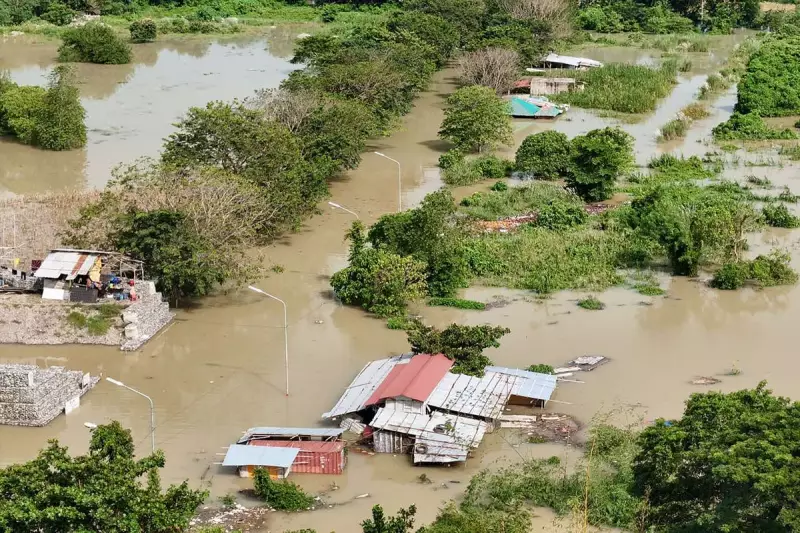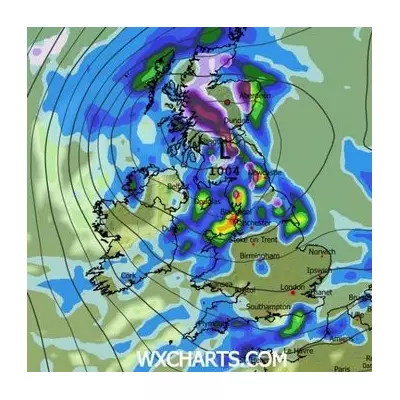
Typhoon Matmo has slammed into southern China's Guangdong province, unleashing powerful winds and torrential rainfall across the region. The storm made landfall near the coastal city of Yangjiang on Wednesday, packing sustained winds of up to 125 km/h (78 mph).
Regional Impact and Emergency Response
Authorities across southern China have activated emergency protocols as Matmo continues its destructive path. Hong Kong's observatory has issued strong wind signals, warning residents to take necessary precautions against the approaching weather system. Meanwhile, Vietnam's northern regions are preparing for potential flooding and structural damage as the storm progresses westward.
Meteorological agencies report that Matmo, known as Typhoon Falcon in the Philippines, has already caused significant disruption to transportation networks. Multiple flights have been cancelled at major airports, and coastal shipping routes have been temporarily suspended.
Precautionary Measures and Public Safety
Local governments have initiated large-scale evacuation efforts in low-lying areas most vulnerable to storm surges. Emergency shelters have been established across Guangdong province, with officials urging residents in flood-prone regions to relocate immediately.
Key safety measures implemented include:
- School closures across multiple districts
- Suspension of ferry services and port operations
- Reinforcement of construction sites and temporary structures
- Deployment of emergency response teams in high-risk areas
Weather Forecast and Storm Trajectory
According to the latest meteorological data, Typhoon Matmo is expected to weaken as it moves inland, transitioning into a tropical depression within the next 24-48 hours. However, weather experts caution that heavy rainfall could continue to pose significant flood risks even after the storm's intensity diminishes.
The Hong Kong Observatory continues to monitor the situation closely, advising the public to stay updated through official channels and avoid unnecessary travel during the storm period.





